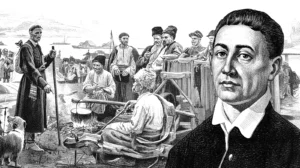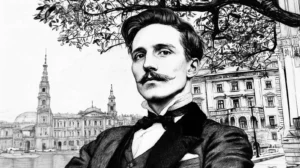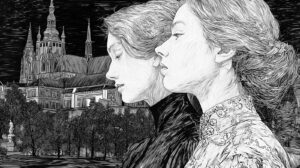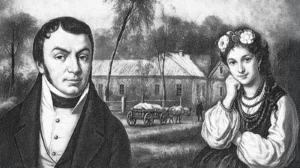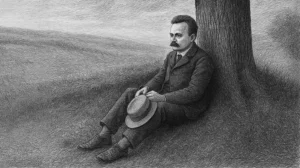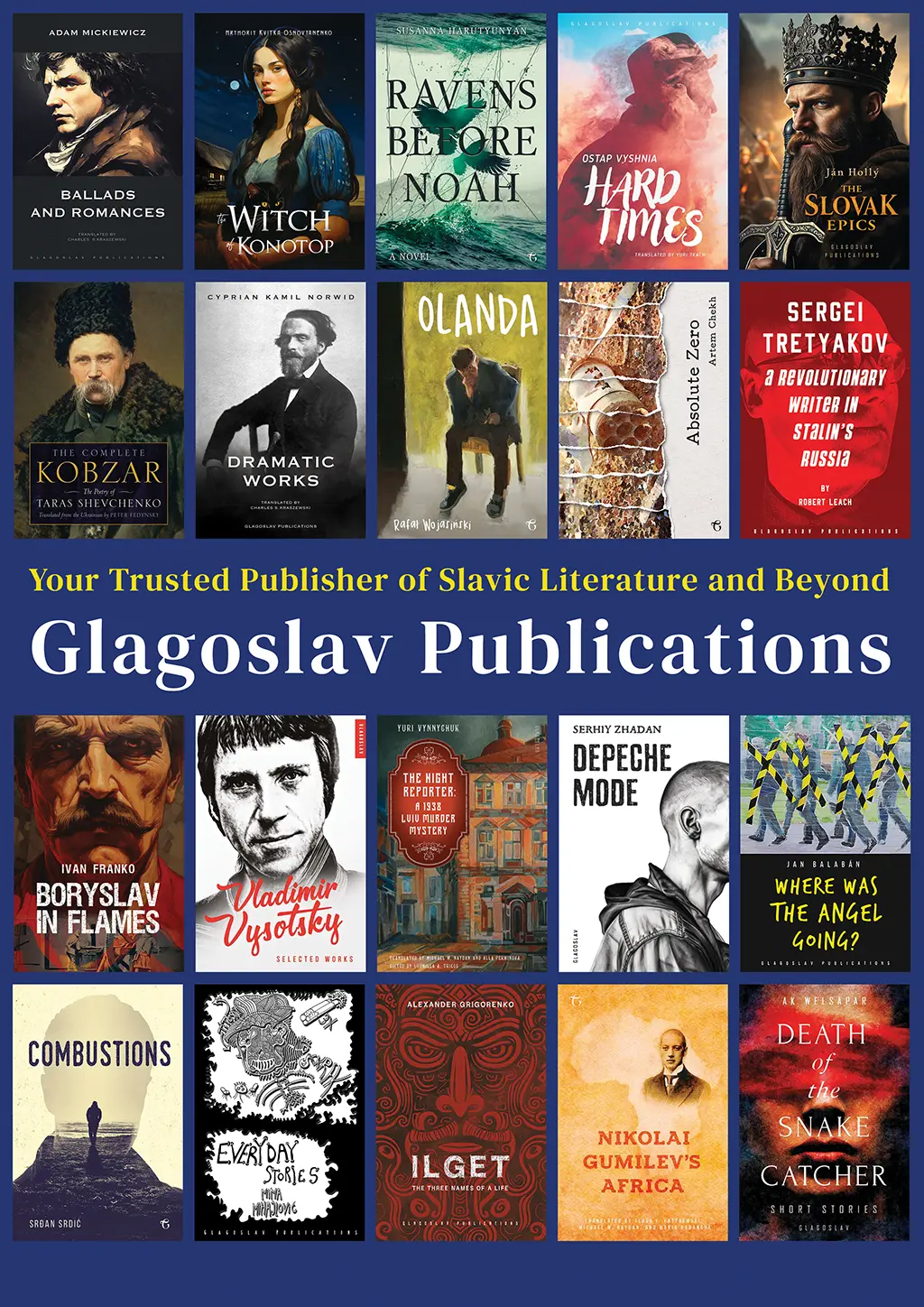Our Blog
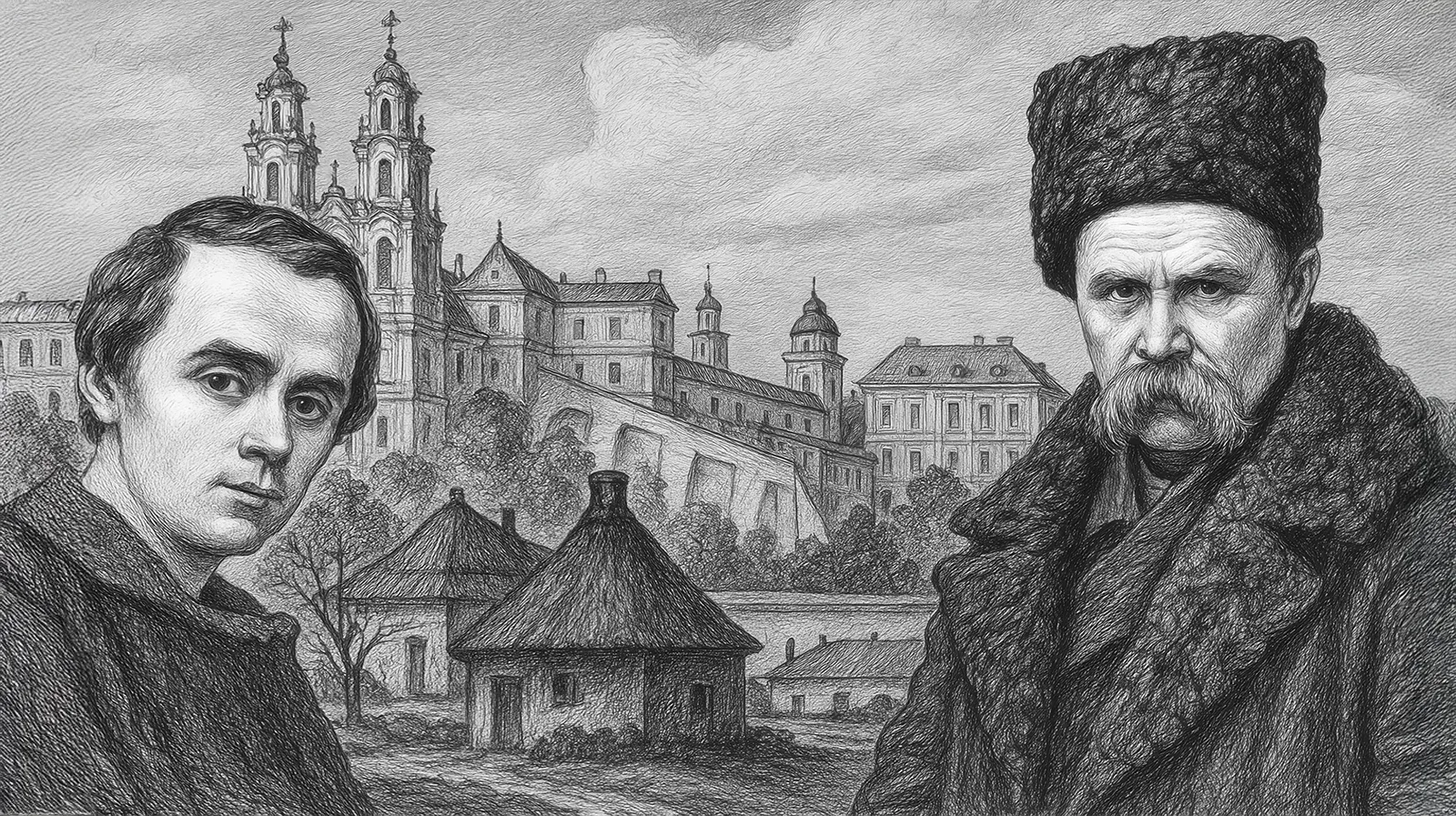
Taras Shevchenko – The Poet‑Painter Bridging Art, Science, and Ukrainian National Identity
Introduction
Taras Shevchenko (1814–1861) stands as a monumental figure at the crossroads of literature, visual art, and national awakening, his legacy woven into the very fabric of Ukrainian identity. Born into the oppressive shackles of serfdom in the Russian Empire, he was orphaned by age eleven, yet his prodigious talents in poetry and painting propelled him beyond his circumstances to become a prophetic voice for 19th-century Ukraine. Shevchenko fused the lyrical passion of Romantic poetics with the unflinching gaze of a realist painter, using his art to expose social injustices and ignite hope among the downtrodden.
His groundbreaking poetry collection, Kobzar, published in 1840, reshaped Ukrainian literature with its raw emotional power and accessibility, while his extensive body of over a thousand paintings and engravings bridged artistic expression with early ethnographic science. Through his works, Shevchenko meticulously documented Ukrainian folk customs, sweeping landscapes, and even astronomical observations, creating a cultural archive that resonates far beyond his homeland. Today, his influence endures globally, celebrated in monuments, literature, and art wherever the values of freedom, dignity, and resilience are cherished.
Early Life
Taras Shevchenko’s early years were a crucible of hardship and hidden brilliance. Born on March 9, 1814, in the rural village of Moryntsi in Kyiv province, he entered a world defined by the grinding poverty and servitude of serfdom. By age eleven, he had lost both parents—his mother to exhaustion and his father to illness—leaving him to navigate a harsh existence under the control of Baron Engelhardt, a local landowner. Yet even in these bleak conditions, Shevchenko’s spirit thrived. He taught himself to read, devouring Ukrainian folk legends, passages from Scripture, and whatever fragments of classical literature he could find, while secretly sketching scenes of village life on scraps of paper with charcoal or borrowed ink.
His talent didn’t go unnoticed for long. As a teenager, Shevchenko’s drawings caught the eye of Engelhardt, who exploited his skills for personal amusement, tasking him with copying portraits and decorating household items. This servitude took an unexpected turn when Engelhardt moved to St. Petersburg, bringing Shevchenko along. In the bustling imperial capital, a chance encounter with Ukrainian artist Ivan Soshenko and Russian painter Karl Bryullov changed his fate. Moved by his potential, these intellectuals rallied to purchase his freedom in 1838, raising funds through a lottery of Bryullov’s artwork. That same year, Shevchenko enrolled at the prestigious Imperial Academy of Arts, where he refined his techniques in watercolor, oil painting, and etching—skills that would later infuse his poetry with vivid, painterly imagery and lay the foundation for his remarkable dual career.
Literary Career
The Birth of Kobzar
Shevchenko’s literary journey ignited during the ethereal “white nights” of St. Petersburg in 1837, when he began composing the verses that would form Kobzar. Published in 1840, this slim volume of poetry sent shockwaves through Ukrainian society. Written in a lyrical yet accessible vernacular, Kobzar blended the haunting rhythms of folk songs with the moral weight of biblical prophecy, offering readers a mirror to their struggles and a beacon of hope. Its immediate impact lay in its authenticity—Shevchenko spoke directly to the peasantry, elevating their language and experiences into high art.
Themes & Style
The heart of Shevchenko’s poetry beats with recurring themes: the brutal yoke of serfdom, the fierce independence of the Cossacks, and a visceral longing for a lost Ukrainian homeland. He cast himself as a poet-prophet, a figure who could see beyond the present suffering to a future of liberation, urging the oppressed to “rise and break their chains.” His style was revolutionary for its time—rhythmic, conversational Ukrainian laced with mythic archetypes and rich natural symbolism. In poems like “The Caucasus,” he wove personal grief with universal defiance, writing, “Fight on—and win your battle! / God himself will aid you; / At your side fight truth and glory, / Right and holy freedom!” These lines pulse with an emotional immediacy that transcends language, pulling readers into a visceral experience of resistance and resilience.
Reception & Censorship
Kobzar and its successors electrified Ukrainian readers but alarmed the Tsarist authorities. Shevchenko’s unflinching critiques of imperial oppression and his calls for social justice branded him a threat. In 1847, his association with the Brotherhood of St. Cyril & Methodius—a secret society advocating Ukrainian autonomy—led to his arrest. Convicted of subversive writing, he was exiled to the remote Orenburg region, sentenced to military service, and explicitly forbidden to write or paint. Yet Shevchenko defied the ban, producing clandestine works like “The Dream,” a scathing satire of Russian autocracy smuggled out of exile. These acts of defiance only deepened his reputation as a revolutionary voice, his words spreading covertly among those hungry for change.
Artistic Career
Academic Foundations
Parallel to his literary rise, Shevchenko’s training at the Imperial Academy of Arts unlocked his potential as a visual artist. Under Karl Bryullov’s mentorship, he mastered an array of techniques—portraiture, historical compositions, and the emerging practice of plein-air landscape painting. His 1842 painting Kateryna, inspired by his poem of the same name, is a haunting example: a Ukrainian woman, seduced and abandoned, stands as both a personal tragedy and a broader allegory of national suffering. This fusion of social commentary with classical artistry showcased his ability to speak through both brush and pen.
Innovation in Engraving & Ethnography
Shevchenko’s artistic innovation peaked in his engravings, earning him the prestigious title of Academician from the Academy in 1860. His series Picturesque Ukraine (1844) meticulously captured Ukrainian architecture, flora, and folk costumes, preserving a vanishing way of life with the precision of a scientist. This work aligned with the 19th-century fascination with natural-scientific cataloguing, making his art an invaluable ethnographic record. Whether etching crumbling churches or intricate peasant embroidery, Shevchenko blended aesthetic beauty with documentary rigor, offering a visual companion to the cultural revival his poetry championed.
Late-Period Realism
After a decade in exile, Shevchenko’s art took on a stark, introspective realism. Assigned to map the Aral Sea during his military service, he spent sleepless nights charting stars, a practice that seeped into his work. His late landscapes—vast, windswept steppes rendered with sparse chiaroscuro—evoke a profound solitude, while his self-portraits, like the 1860 etching, reveal a weathered resilience. These pieces, marked by psychological depth and astronomical precision, reflect a man who found solace in the natural world amid relentless adversity.
Political & Social Activism
Shevchenko’s art was never apolitical—it was a weapon in the fight for Ukrainian dignity. His poetry and paintings fueled the 19th-century Ukrainian national revival, resonating with Enlightenment ideals of liberty and the Russian populist (narodnik) push for peasant emancipation. In works like “The Testament,” he envisioned a free Ukraine, writing, “When I am dead, bury me / In my beloved Ukraine, / My tomb upon a grave mound high / Amid the spreading plain.” These lines demanded land reform, linguistic rights, and the abolition of serfdom decades before the Tsar’s 1861 Edict.
Even in exile, Shevchenko’s defiance persisted. His satirical sketches of imperial officials, drawn in secret, mocked the tyranny he endured, while his poetry continued to circulate illicitly. This model of artistic resistance inspired generations—from Soviet-era dissidents to the Euromaidan protesters of 2014—who saw in Shevchenko a symbol of unyielding courage. His life remains a testament to art’s power to challenge power and awaken a nation.
Influence & Legacy
National Poet & Cultural Icon
Shevchenko’s impact on Ukraine is immeasurable. His birthday, March 9, is a national holiday, marked by recitations of his poetry in classrooms and on battlefields alike. Kobzar remains a bestseller, its themes of struggle and hope woven into modern Ukrainian music, theater, and film. Artists like Maria Prymachenko and filmmakers like Sergei Parajanov have cited his influence, ensuring his vision endures in contemporary culture.
Global Recognition
Shevchenko’s reach extends far beyond Ukraine, with over 1,400 monuments dotting every inhabited continent—from Washington, D.C.’s Dupont Circle to Buenos Aires. Translated into dozens of languages, his poetry speaks to universal struggles for freedom, cementing his status as one of the world’s most commemorated poets. His words and images continue to inspire movements for justice worldwide.
Impact on Art & Science
Shevchenko’s fusion of artistic realism with ethnographic observation was ahead of its time, anticipating modern documentary art and environmental humanities. By marrying creative expression with empirical detail—whether in his engravings of folk life or his starlit landscapes—he bridged disciplines long before interdisciplinary scholarship gained traction. His work remains a touchstone for scholars and artists exploring the intersection of aesthetics and knowledge.
Conclusion
Taras Shevchenko’s life is a powerful testament to the alchemy of art when wielded for science, social justice, and nation-building. With his pen, he gave voice to the silenced; with his brush, he painted a nation into being. His creations forged a Ukrainian cultural identity that has weathered empire, war, and exile, offering a timeless blueprint for artists who dare to blend beauty with purpose. As Ukraine charts its future, Shevchenko’s legacy shines as a beacon, illuminating the enduring strength of creativity to heal, resist, and unite.
Related articles
Latest articles
